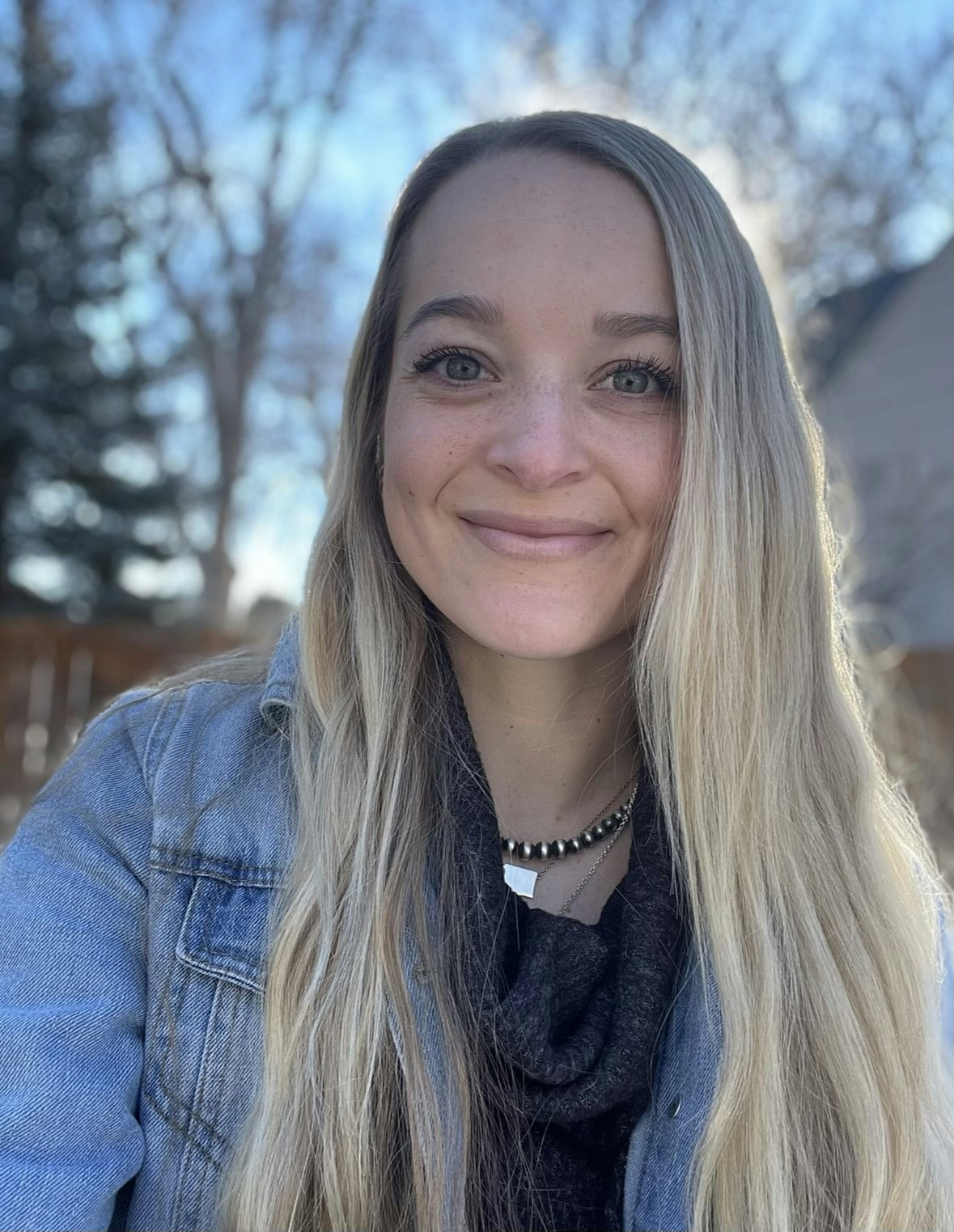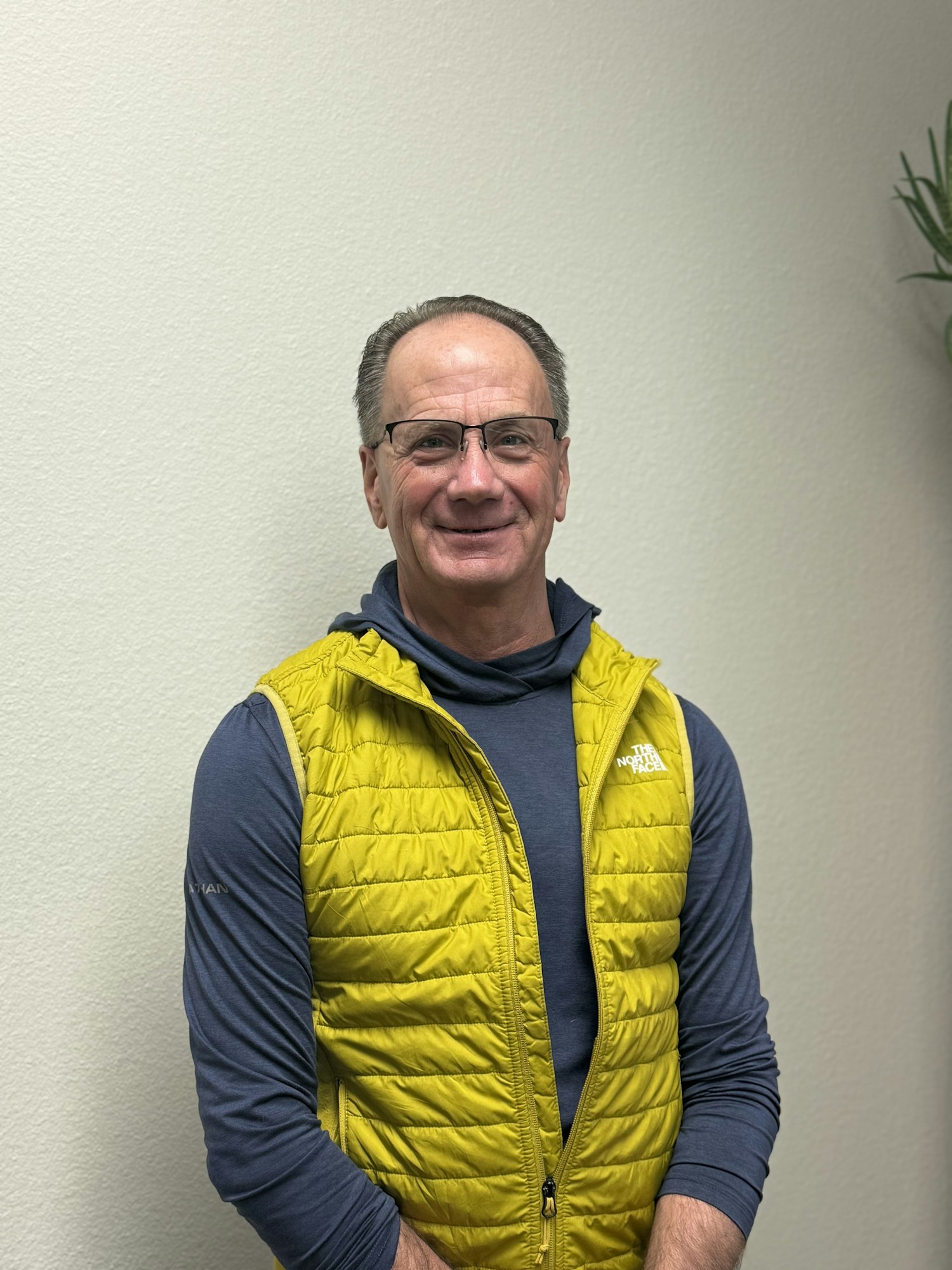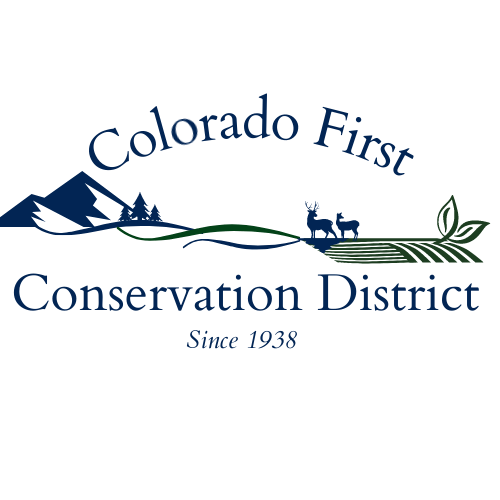Greater Sage-Grouse Habitat Project

The Colorado First Conservation District (CFCD) is pleased to announce it has been awarded a 5 year, $3.26 million dollar grant in support of critical conservation projects aimed at protecting and enhancing sagebrush habitat on private lands for the Greater Sage-grouse and other wildlife in northwest Colorado under National Fish and Wildlife Foundation’s (NFWF) Colorado Greater Sage- Grouse Fund.
The funding will allow CFCD to implement targeted efforts to ensure the long-term conservation of Greater Sage-grouse in Northwest Colorado by funding projects focused on restoration and enhancement of priority and general habitat. Additionally, the grant will support collaborative work with local ranchers, government agencies, and conservation partners to ensure the health of these rangelands for both wildlife and agricultural use. CFCD will be reaching out to key stakeholders in the community to start engaging on four key outcomes of:
· Improving habitat quality on rangelands and create contiguous patches of sagebrush.
· Enhancing habitat through control of invasive plants.
· Reversing juniper/conifer encroachment in sagebrush habitats.
· Maintaining and improving habitat on grazing lands/rangeland.
When applying for funding, please consider the following activities tied to conservation outcomes:
1.Conservation Outcome: Improve habitat quality on rangelands and create contiguous patches of sagebrush
Potential projects for restoring sagebrush to expired CRP lands, existing CRP (where feasible) or after a wildfire would include sagebrush seeding, planting sagebrush seedlings or transplanting containerized sagebrush plants. In addition, native grasses and/or forbs can be seeding via aerial or drill seeding methods. Grass and forb species would be based on soil type and site potential. These projects would help establish sagebrush and increase the herbaceous understory of native species, improving habitat quality. As sagebrush is established, fragmentation can be reduced creating contiguous patches of habitat.
2. Conservation Outcome: Enhance habitat through control of invasive plants.
Potential projects would include removing invasive or noxious weeds by biological, mechanical or chemical treatments, followed by seeding of native grasses and forbs (if needed).
3. Conservation Outcome: Reverse juniper/conifer encroachment in sagebrush habitats.
Potential projects would include removing encroaching PJ by mechanical means, including lop/scatter, cut/pile or mastication. Treatment areas may be reseeded with native grasses and forbs if needed.
4. Conservation Outcome: Maintain and improve habitat on grazing lands/rangeland.
Projects may include assisting private landowners to enhance GrSG habitat by fire fuels reduction, post treatment seeding, planting seedlings, or transplanting containerized sagebrush plants, mesic meadow and riparian improvements, upland mesic meadow developments using Zeedyk structures or other similar structures to create mesic meadows/high density forb areas. If necessary to improve habitat, funds may be used in modifying or marking existing fences to increase visibility and reduce predator risks and removing abandoned fences or other structures that hinder GrSG range and movement.
Examples of projects that would meet criteria for conservation outcomes (this list is not exhaustive):
- Zeedyke Structures
- Noxious weed/ invasive annual grass treatments in sage grouse habitat
- Flaggery on barbed wire fences near sage grouse habitat
- Barbed wire fence removal
- Planting in key sage grouse habitat
- Seeding in key sage grouse habitat
- Installing hot wire fencing to protect sage grouse project treatments
- Fence/pasture adjustments to protect sage grouse project treatments
- PJ removal
TO APPLY FOR THIS FUNDING, PLEASE FILL OUT THE APPLICATION HERE
For more information or if you need help applying - please contact Mark Lowrey at 970-329-3146 or email cfcdsagegrouse@gmail.com
Project Staff


